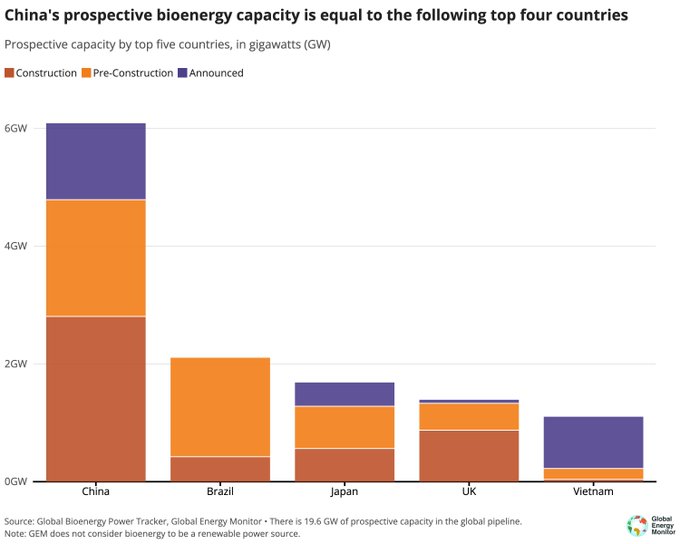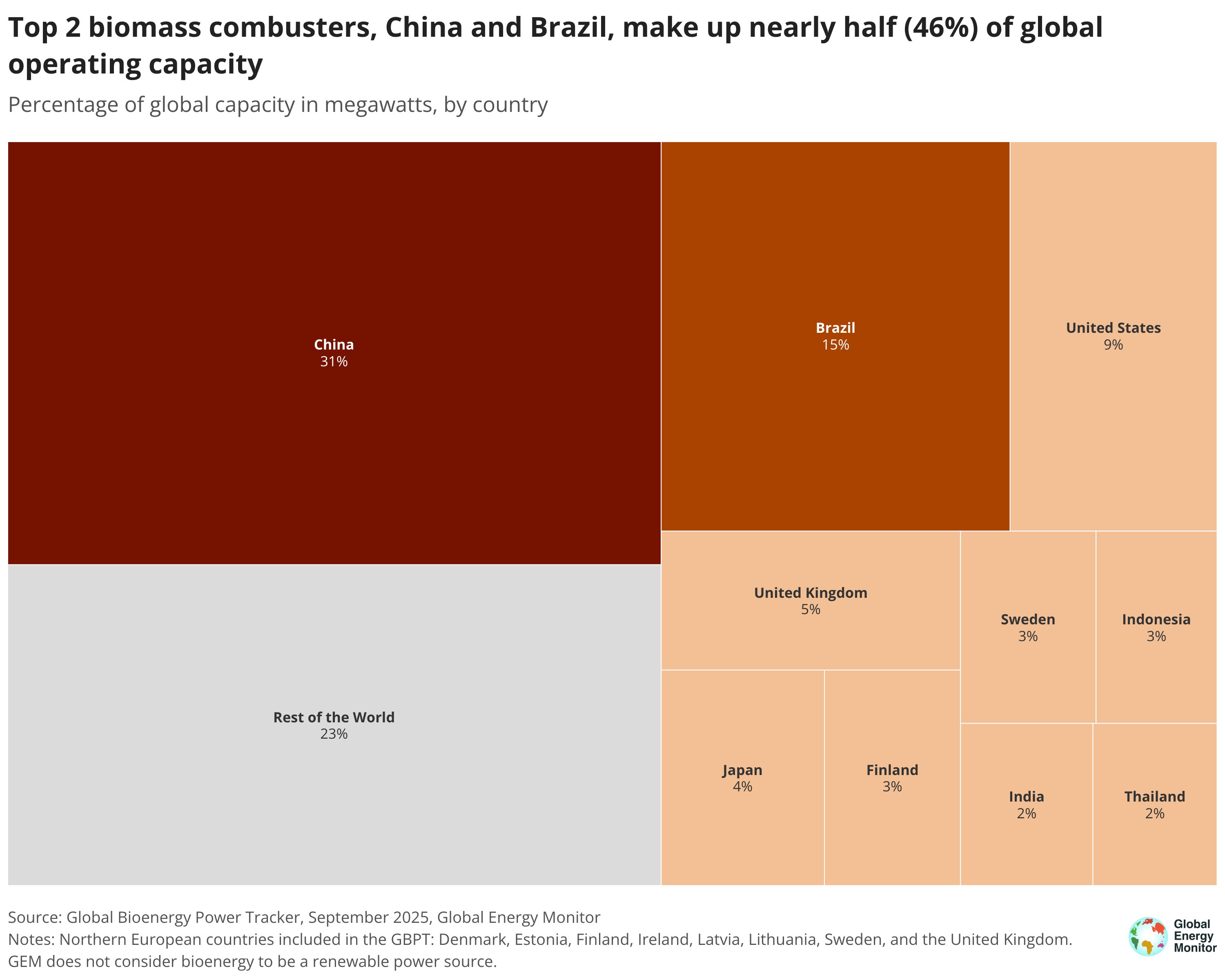Trends Directory
Find trends of anything. For Affiliates by Affiliates.

🧭 GEM.Wiki Trends Guide: The World’s Most Complete Energy Infrastructure Database
GEM.Wiki is the world’s most complete open database tracking every major coal, gas, and renewable energy project — all in one searchable map.


Overview: GEM.Wiki, maintained by Global Energy Monitor (GEM), is the open-access encyclopedia of global energy infrastructure — from coal plants and gas pipelines to renewables and heavy industry. It’s the go-to platform for journalists, researchers, and climate analysts tracking how the world’s energy grid is being built, financed, and transitioned.
Each page documents live, retired, and proposed energy projects — with verified data across 27 specialized trackers (like the Global Coal Plant Tracker, Global Solar Power Tracker, and Global Methane Emitters Tracker).
Why It Matters: In a time when clean energy transition narratives dominate headlines, GEM.Wiki offers something rare: transparent, verifiable data on both legacy fossil systems and emerging renewable networks. It connects datasets that reveal the true global picture — who owns the energy projects, how they’re financed, and where emissions really come from.

Use Cases:
- 🔍 Investigate global energy shifts — See which regions are still expanding coal, and which are scaling renewables.
- 🏗️ Monitor infrastructure pipelines — Track oil, gas, and wind farm developments worldwide.
- 🌍 Compare regional trends — Access sub-portals for Africa, Asia, Europe, and Latin America.
- 💰 Follow the money — Identify financial institutions and private equity players behind energy expansion.
- ⚡ Analyze transition zones — Explore “energy transition” datasets showing countries moving from fossil fuels to renewables.

How to Use GEM.Wiki Effectively:
- Visit GEM.Wiki.
- Use the search bar to find any energy project, company, or country.
- Explore linked trackers like Global Solar Power Tracker or Global Methane Emitters Tracker for specialized data.
- Download raw data directly from GlobalEnergyMonitor.org.
- Use factsheets for citation, energy journalism, or ESG analysis.
Pro Tip: If you’re building a trends report, climate data product, or energy investment dashboard — GEM.Wiki can be your free backend data source for mapping or trend detection.
